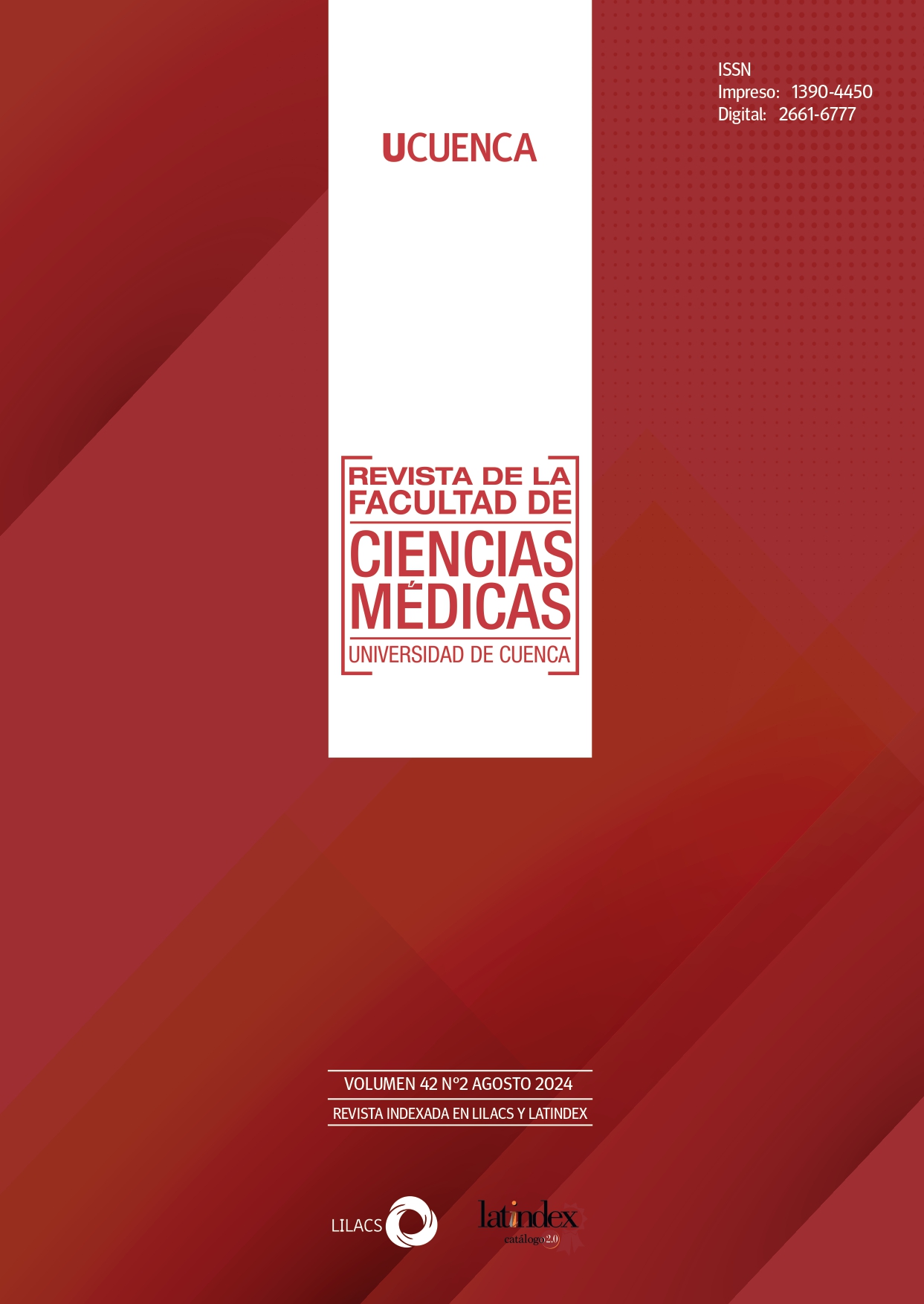The Changes and advances of the Jambik Sachakuna Medicinal Garden Circuit during its third period March - August 2023, Cuenca-Ecuador.
DOI:
https://doi.org/10.18537/RFCM/42.02.08Keywords:
Gardens, Medicinal Plants, Vegetables, Integral MedicineAbstract
Introduction: Nowadays, a connection between natural environments with human wellbeing and health is clearly admitted, hence the importance of conforming community gardens as a center of social interaction and learning, which, in addition, allow rescuing medicinal and nutritional plant species, having as protagonists students in the field of human health and older adults from different sectors of a community.
Objectives: to describe the progress of the third period March - August 2023 of the "Jambik Sachakuna Medicinal Garden Circuit" distributed in the spaces of the Jambik Sachakuna University Garden of the Faculty of Medical Sciences of the University of Cuenca, the Gerontological Botanical Garden of Cuenca, the Garden of the Center of Medical Specialties and the Ecuadorian Institute of Social Security of Cuenca.
Results: the area of the agricultural plot of the "Jambik Sachakuna" Garden reached a total of 223.56 m², with a growth of 55.25%. Additionally, in the third period, 304.08 m² of the Gerontological Garden, 644.66 m² of the CEM and 806.78 m² of the IESS were provided for the students to carry out their activities. Thirty-four students participated, almost double the number of volunteers who participated in the previous period. On the other hand, at the end of the third period, the University Garden completed the fourth phase of intervention, the Gerontological Garden reached the second phase and, on the other hand, both the CEM Garden and the IESS completed the first phase of land identification. Finally, only the count of plant species in the "Jambik Sachakuna" Garden was recorded, since all the phases were completed in this garden; it had a total of 38 plants, which shows an increase of approximately one third in the production of plant species.
Conclusions: the formation of community gardens is a means that allows the participation and interrelation of different community agents. Since its origin, there has been a growing interest in the project by other members of different careers at the university and various health-related institutions, which has allowed an increase both in the surface of the land and in the number of plant species.
Downloads
Published
Issue
Section
License
Copyright (c) 2024 Tifany Castro Moscoso, Adriana Masache Pulla, Gabriela Machado Orellana

This work is licensed under a Creative Commons Attribution-NonCommercial-ShareAlike 4.0 International License.
Copyright © Autors.

You are free to:
 |
Share — copy and redistribute the material in any medium or format |
 |
Adapt — remix, transform, and build upon the material for any purpose, even commercially. |
Under the following conditions:
 |
Attribution — You must give appropriate credit, provide a link to the licence, and indicate if changes were made. You may do so in any reasonable manner, but not in any way that suggests the licenser endorses you or your use. |
| NonCommercial — You may not use the material for commercial purposes. | |
| ShareAlike — If you remix, transform, or build upon the material, you must distribute your contributions under the same license as the original. |
| No additional restrictions — You may not apply legal terms or technological measures that legally restrict others from doing anything the licence permits. |






